
★★★★★
The Ifugao Rice Terraces are located in the “Cordilleras”, the rugged mountainous regions of the Northern Philippines.
Scattered across swaths of Luzon, the Philippines’ largest island, 5 of these breathtaking terraced rice paddies are awarded the World Heritage Status by UNESCO.

For 2,000 years, the high rice fields of the Ifugao have followed the contours of the mountains. The fruit of knowledge handed down from one generation to the next, and the expression of sacred traditions and a delicate social balance, they have helped to create a landscape of great beauty that expresses the harmony between humankind and the environment.
whc.unesco.org CC-BY-SA IGO 3.0
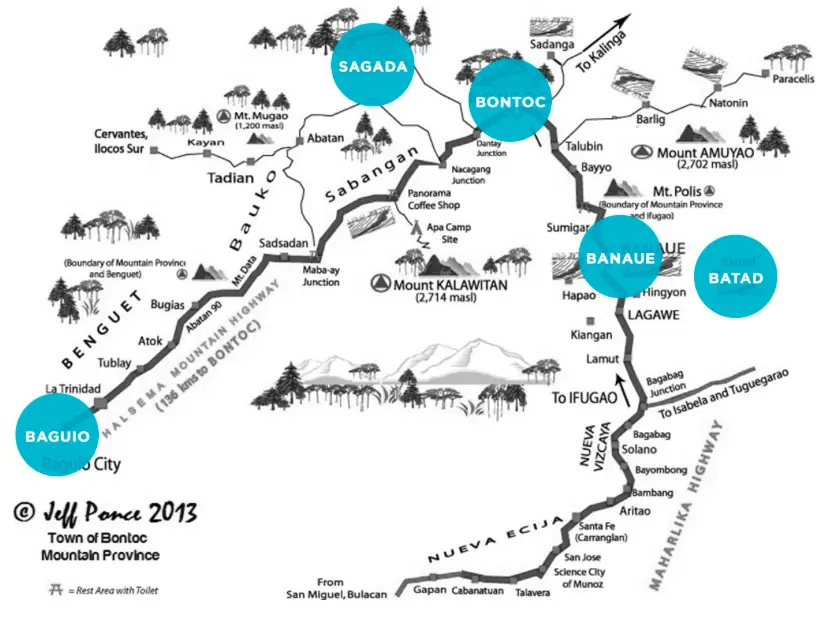
These 5 are located in Batad, Bangaan, Hungduan, Kiangan, and Mayoyao. These terraces are an engineering feat as they were carved from the mountains using the most rudimentary of tools about 2 millennia ago.
The Ifugao Rice Terraces are the priceless contribution of Philippine ancestors to humanity. Built 2000 years ago and passed on from generation to generation, the Ifugao Rice Terraces represent an enduring illustration of an ancient civilization that surpassed various challenges and setbacks posed by modernization.
UNESCO
The gateway to this itinerary is Banaue, which boasts its own rice terraces even though it did not make the cut in the Heritage list due to the high concentration of structures constructed close to the crops.
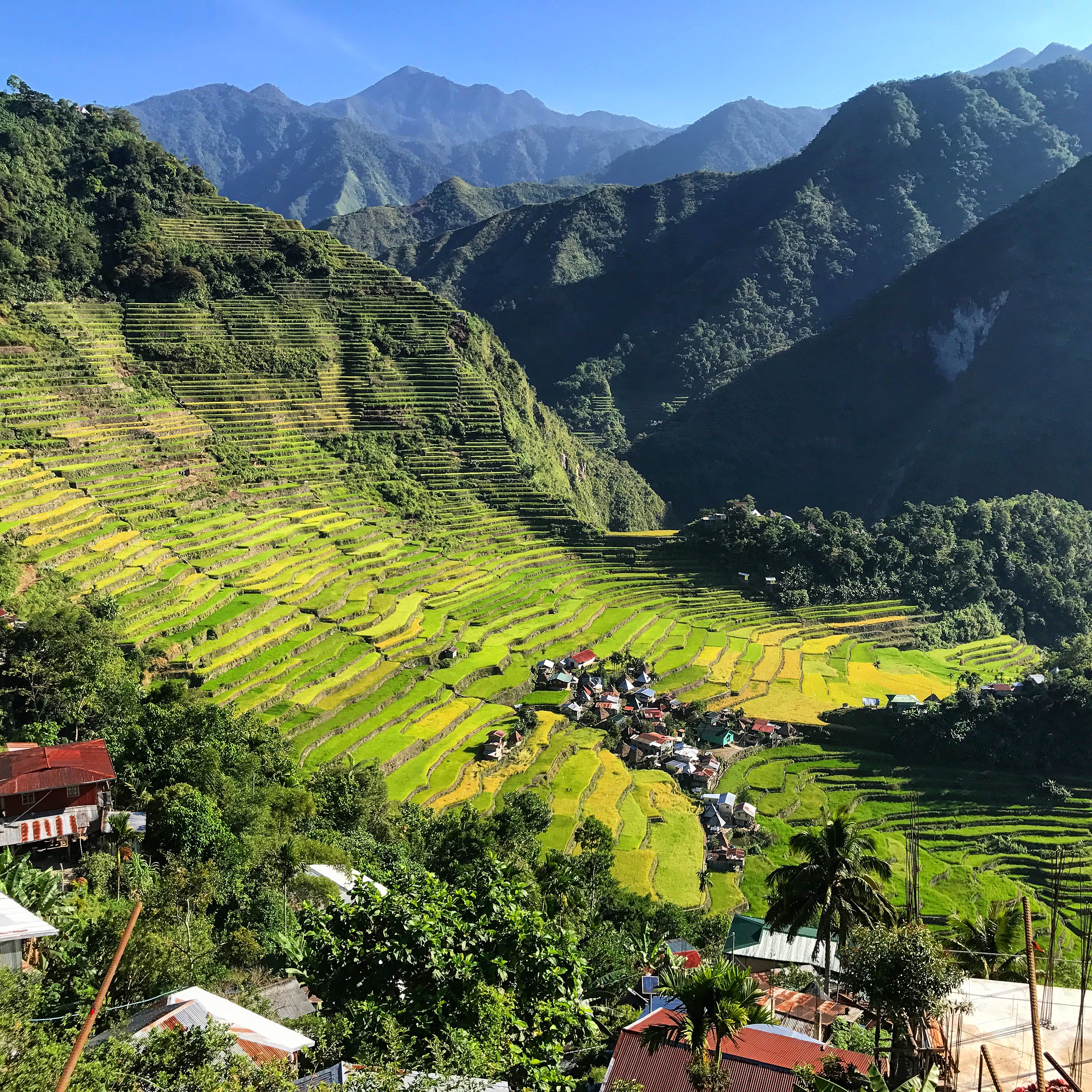
THE RICE TERRACES OF THE PHILIPPINES IN 3 DAYS
| Day | Destination | Activity | Sleep |
| 1 | Overnight bus from Manila to Banaue | Take jeep to Batad. Hike Batad and Tappia Falls | Batad |
| 2 | Return to Banaue from Batad | Hapao Rice Terraces and Hot Springs | Banaue |
| 3 | Day trip to Sagada | Hanging Coffins and Sumaging Cave | Overnight bus to Manila |
Regrettably, I only did a whirlwind tour due to my limited vacation time. But if I were to embark on this exact adventure again, I would have no qualms staying an extra night or two in both Batad and Sagada as there are just so many trails waiting to be explored in those towns.

HOW TO GET TO BANAUE FROM MANILA?
The fastest way to get to this region of the Philippines is via public bus.
As of this writing, there are nightly direct buses that leave Manila late in the evening and arrive in Banaue at the break of dawn the next morning.
This route is currently offered by Ohayami. Booking online is quick and easy. Advanced booking is also recommended.
It is best to check online if there are any other transportation options to get to Banaue as things and schedules change every so often in the Philippines.
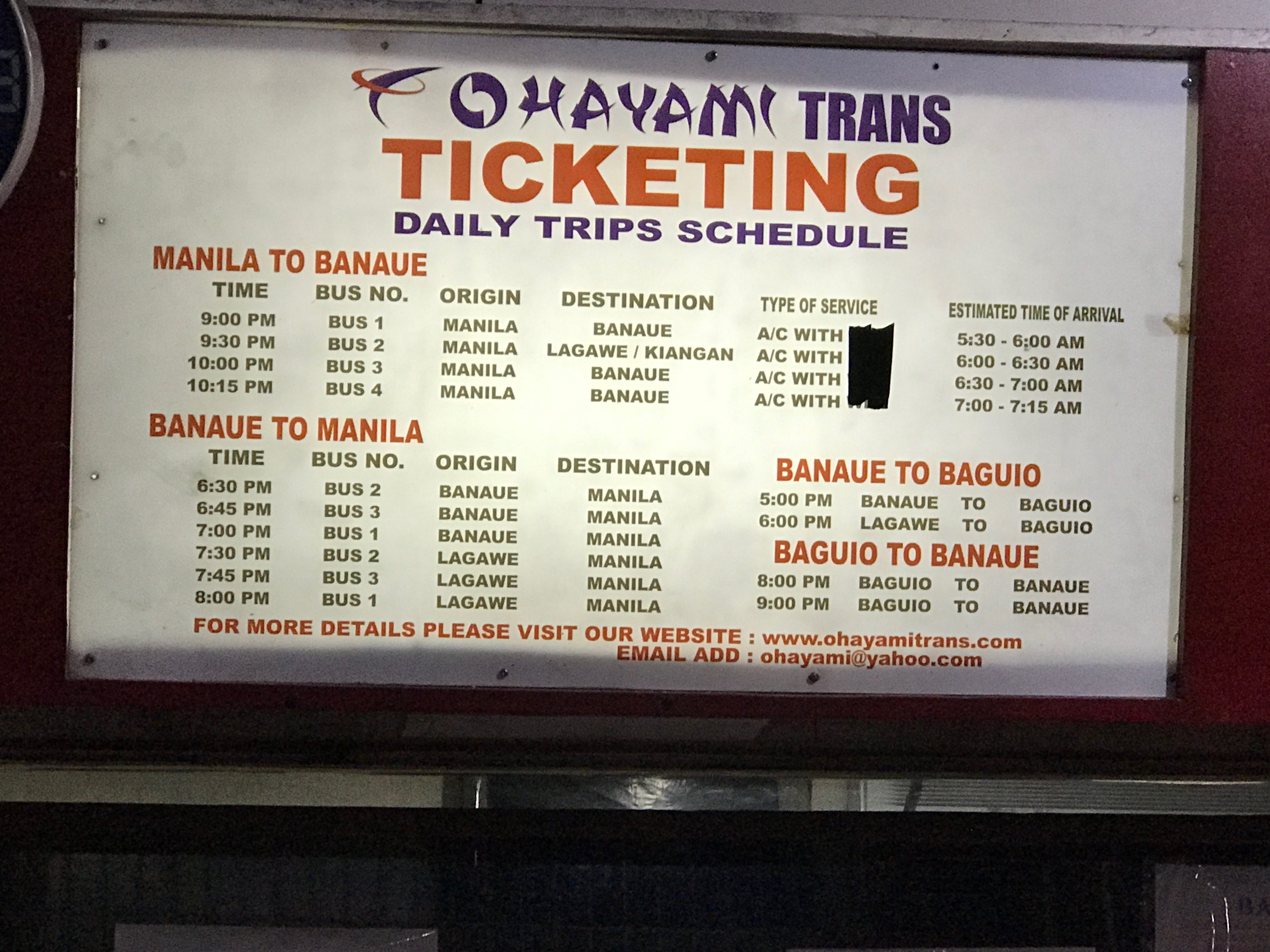
The bus we took departed at around 10PM and reached Banaue at around 7AM. The bus was basic with recliner seats and incredibly strong air-conditioning.
There were about 2-3 scheduled stops for guests who needed to utilize comfort rooms (restrooms) along the way. Yes, restrooms are called comfort rooms or CR in the Philippines.
Make sure that you know how long the stops are and ensure that you are in the bus on time. A couple of tourists were almost left behind because they did not come back promptly.
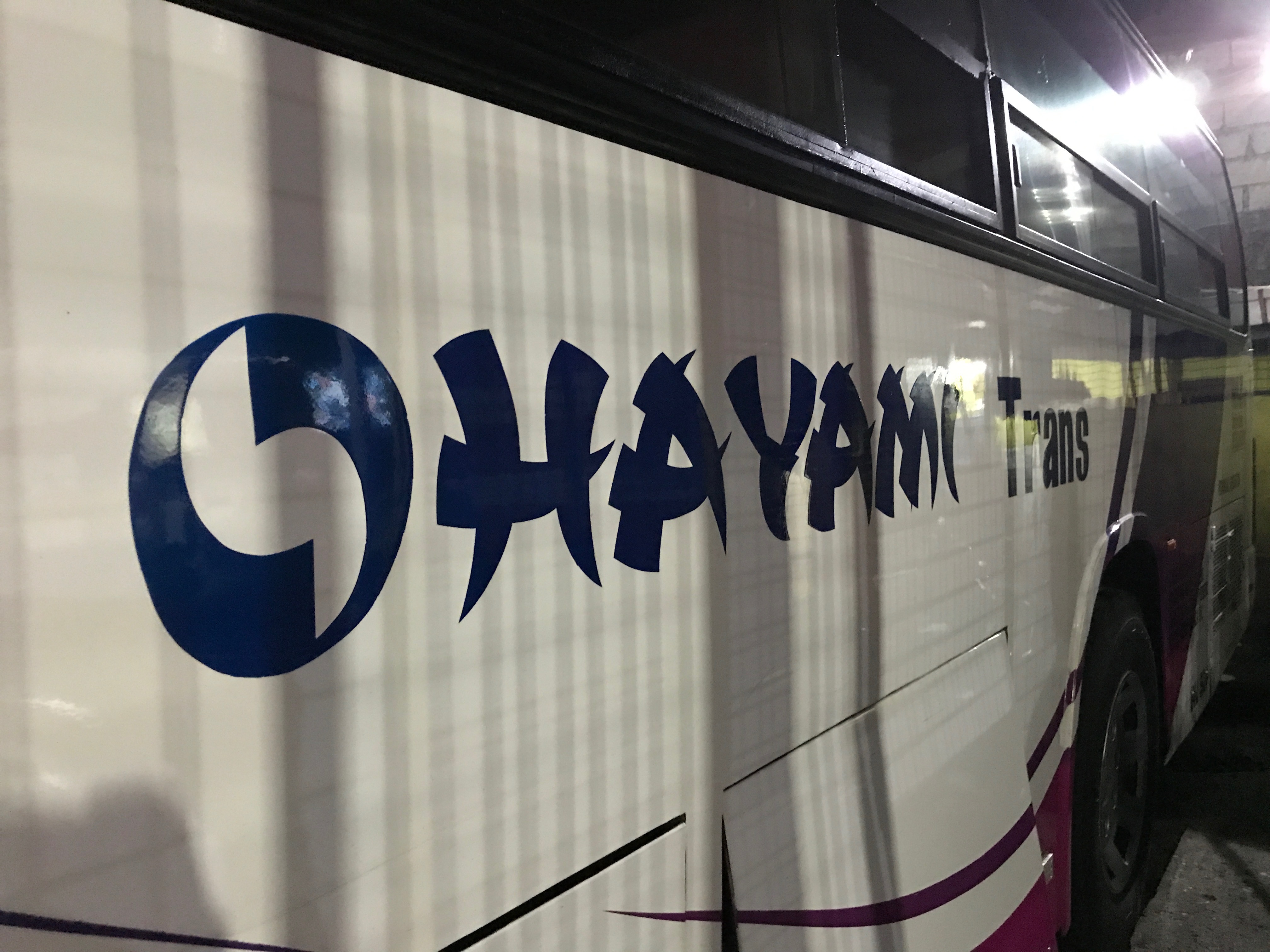
DAY 1
BANAUE
Upon arriving in Banaue, we were greeted by throngs of representatives from different hostels and a few freelance tour companies.
We were able to negotiate a very reasonable 3-day package that included transport and guides to the destinations illustrated in the table above.
If you prefer to hire a travel agent to arrange your tours around the area, it is highly recommended to compare prices across different companies and bargain a bit.
Since we were only there for 3 days and wanted to see multiple places given our limited time, we only had this option.
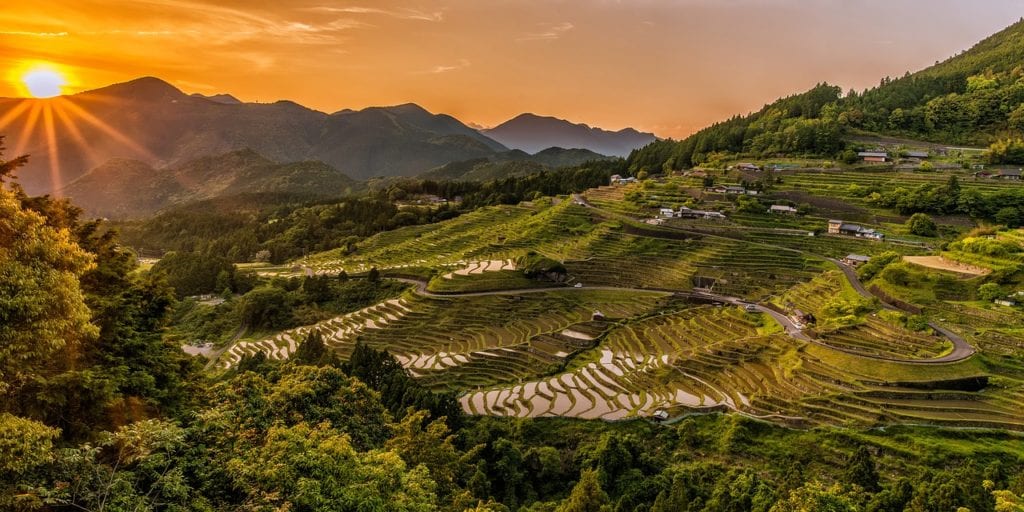
Independently exploring the area is certainly possible if you have the luxury of extra time as public transportation between towns are few and far between. In fact there is no other way to immerse yourself completely in this phenomenal region of the Philippines unless you do it the way locals live – take Jeepneys and tricycles around.
Should be given an opportunity in the future to visit this area again, I’d definitely backpack between towns unhurriedly so I can take my time and smell the roses.
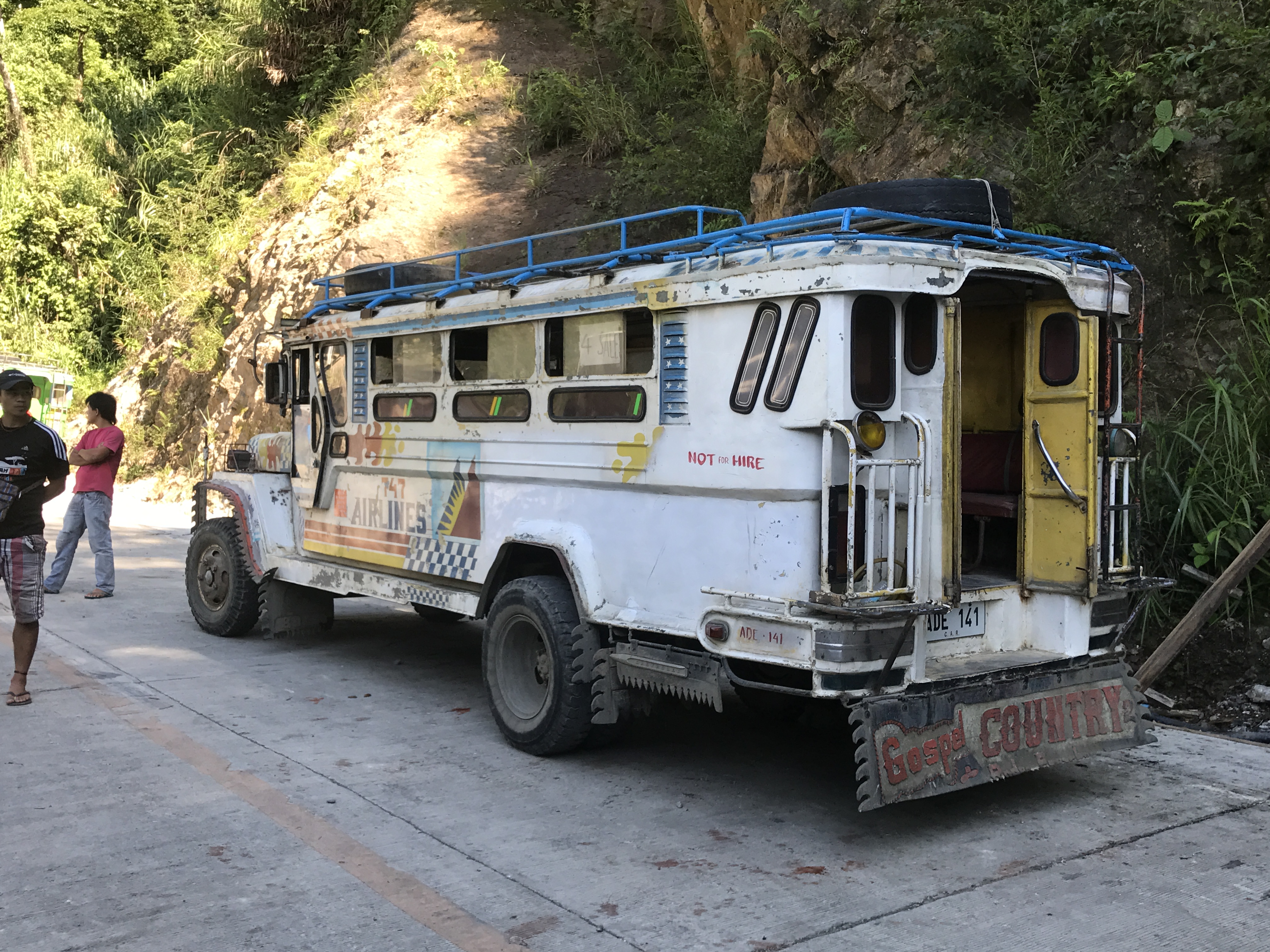
JEEPNEY TOP RIDE
After successfully negotiating a reasonable fee, we were swiftly whisked away to Batad via jeepney where passengers were given the opportunity to do a “top ride” (seating on top of the jeep) for a once-in-a-lifetime adventure that is uniquely Filipino.
I opted for the exhilarating “top ride” with other foreign tourists (two students from Kazakhstan and two guys from France) and our bravery was rewarded with stunningly picturesque landscapes.
Even though the top ride is thrilling and most likely going to be an indelible experience, there are risks involved in selecting this option. Determine your risk tolerance and make sure you hang tight if you choose this adventure.
Aware that tourists are in the region to sightsee, the jeepney we were on intentionally stopped at various viewpoints so we could marvel at some spellbinding landscapes.
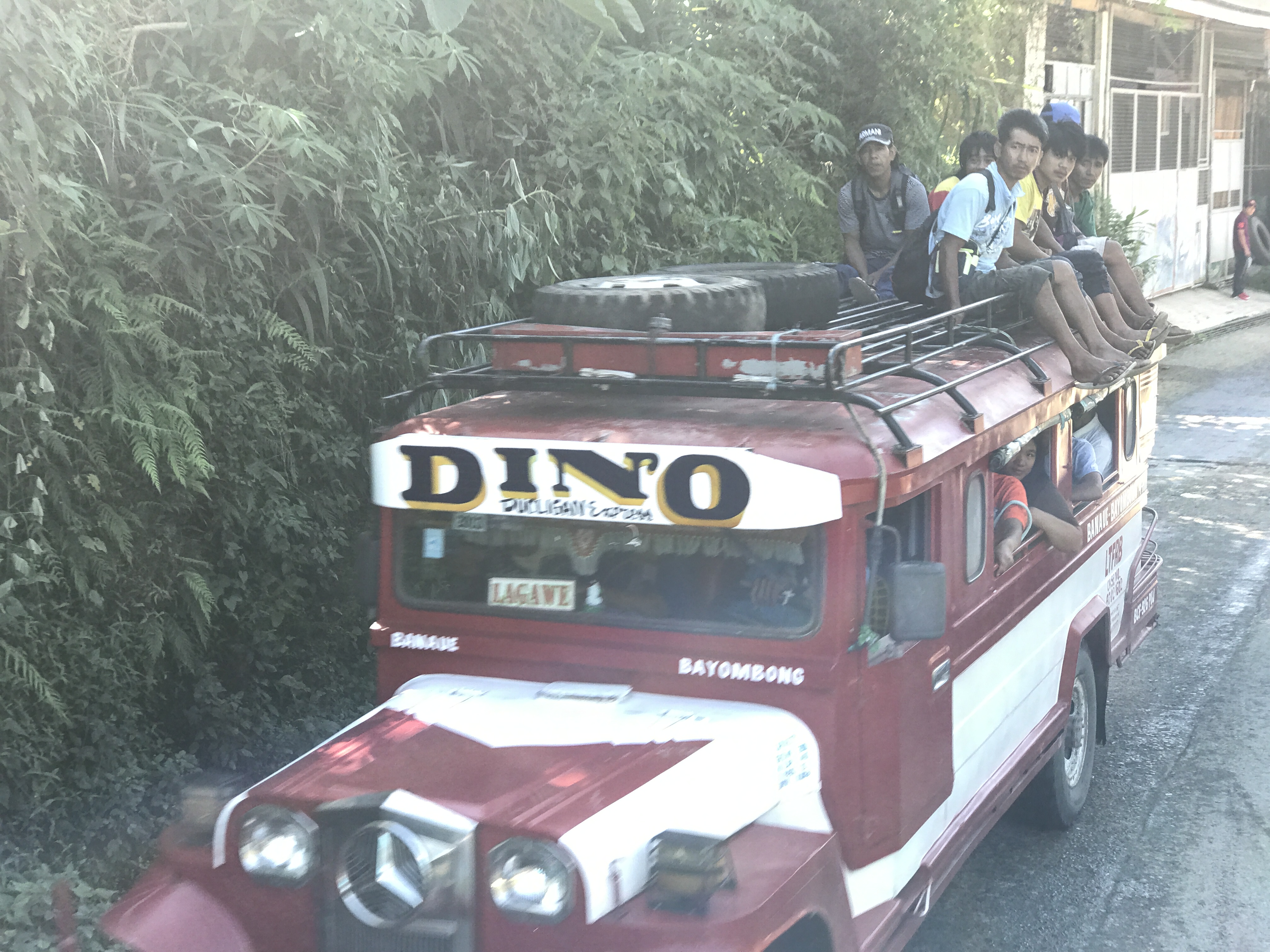
BATAD SADDLE
After about an hour ride amidst pristinely lush scenery and dizzyingly winding roads, we arrived at the end of the road, which locals call the “Batad Saddle”.
From here, it is a 15-30 minute trek to the center of Batad, depending on one’s fitness level. By the time you are reading this, the road to the center of town may have already been completed so certainly expect a shorter hike.
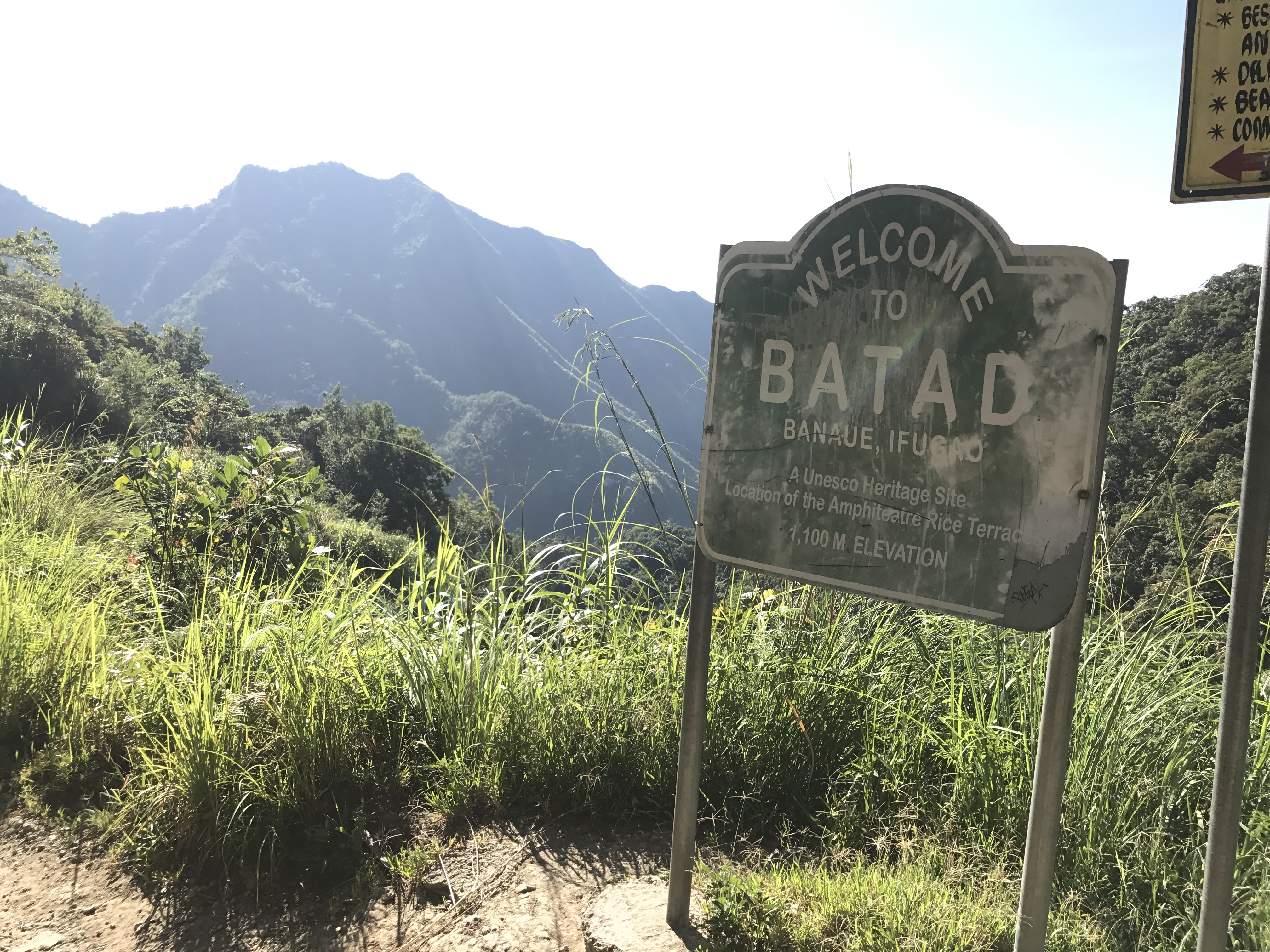
BATAD VIEWPOINT & AMPHITHEATER
After reaching the center of Batad, our guide directed us to stop at our accommodations first to deposit our bags so we won’t have to carry them during the trek.
Not long after, we proceeded onto trekking along the trails that wrapped around the spectacular terraces. Since we had very limited time, our guide made sure that we will be ticking off all the highlights.
The terraces were breathtakingly majestic. “We were blown away” would have been an understatement to sufficiently describe what we felt and experienced.

Our guide directed us to the different paths around the terraces. It is easy to get lost in this area since there are multiple trails and forks in the road. And they virtually look all the same.
If you have the extra time, I suggest to mindlessly meander along these incredible pathways, pausing periodically to savor the astounding scenery of this magnificent human creation.
Perfect example of nature and human ingenuity working together at its finest.
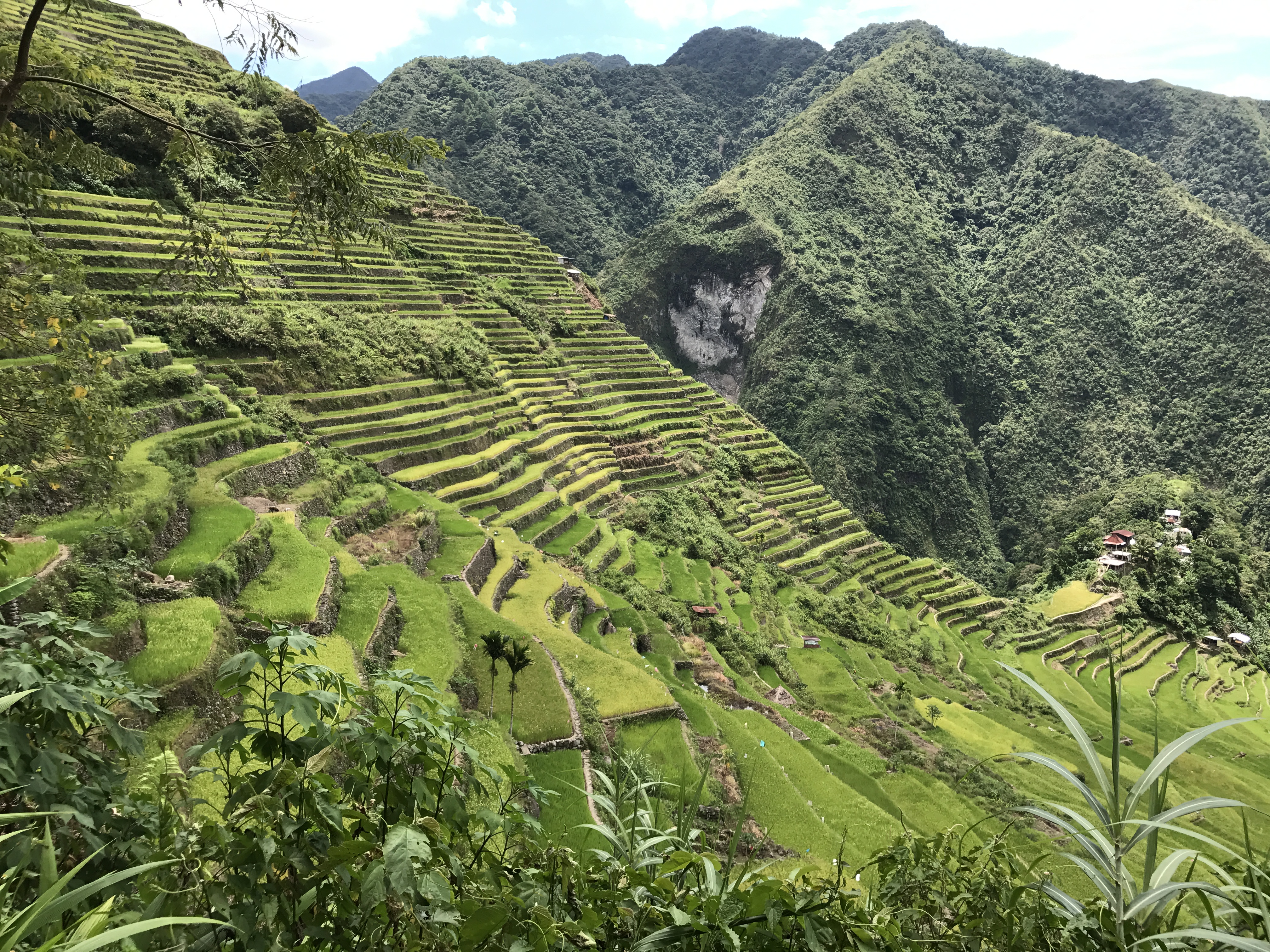
The tour’s first stop was aptly called the “viewpoint”. This strategically positioned spot afforded us with sweeping panoramic views of the entire Batad. Awe-inspiring! We stayed here for about half an hour.
Every minute here was truly an exhilarating experience. The views were utterly unbelievable.
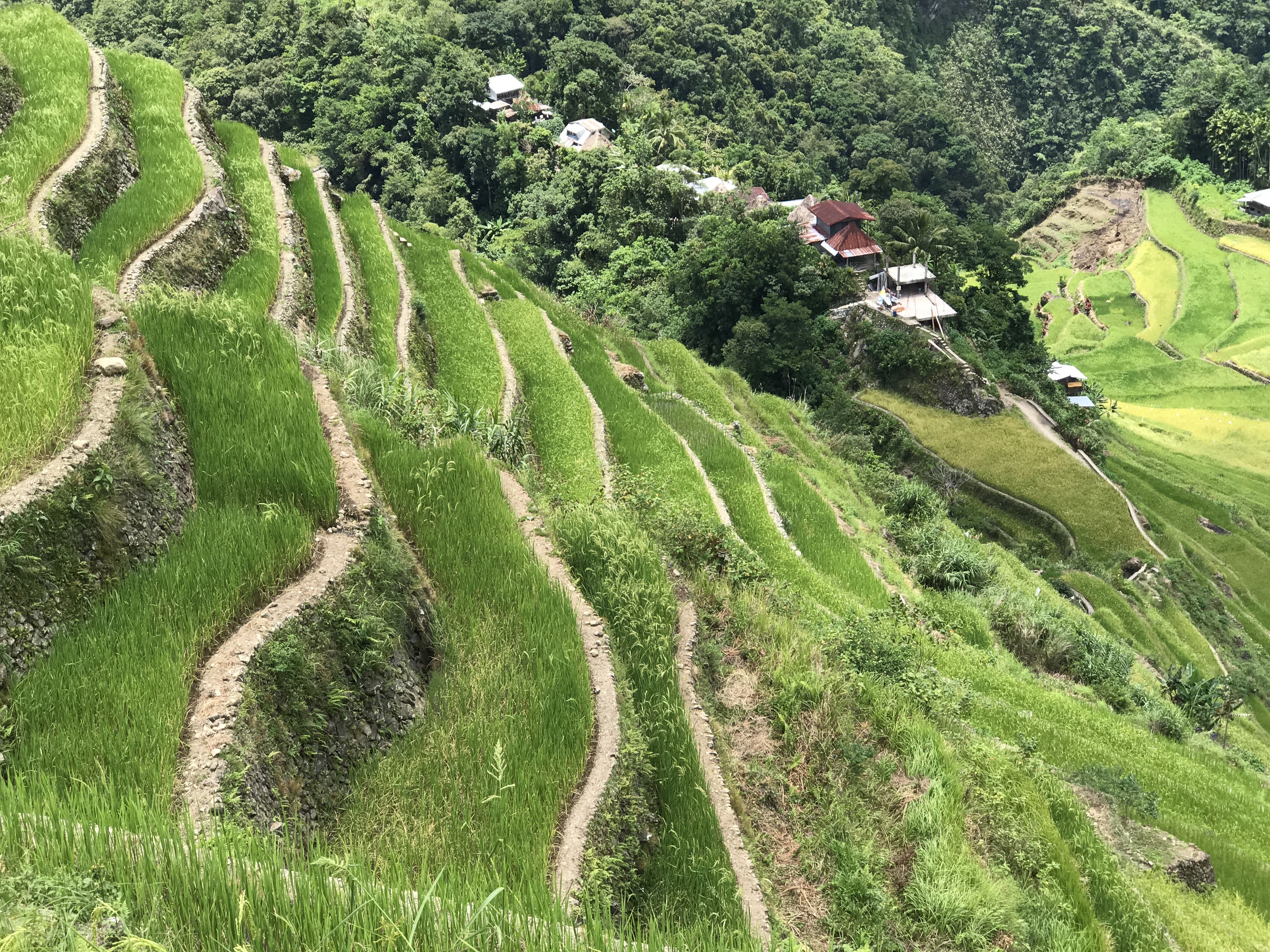
TAPPIA WATERFALLS
After relishing the views from the top, we started our descent to the bottom of the valley to reach the trail that eventually took us to Tappia waterfalls.
The entire hike was moderately strenuous primarily because of the oppressive heat and humidity, compounded by the fact that we did not have a comfortable sleep on the bus the night before.
But our efforts were handsomely rewarded! Tappia was truly marvelous.

It is possible to swim in the river that is adjacent to the falls, but it is not recommended to swim directly under the falls itself.
It takes about 2 hours to hike down and return to Batad. You can add a few more hours if you wish to linger and soak in the soothing water.
This was an incredibly scenic trek that was certainly worth all the iota of energy we had invested in it.
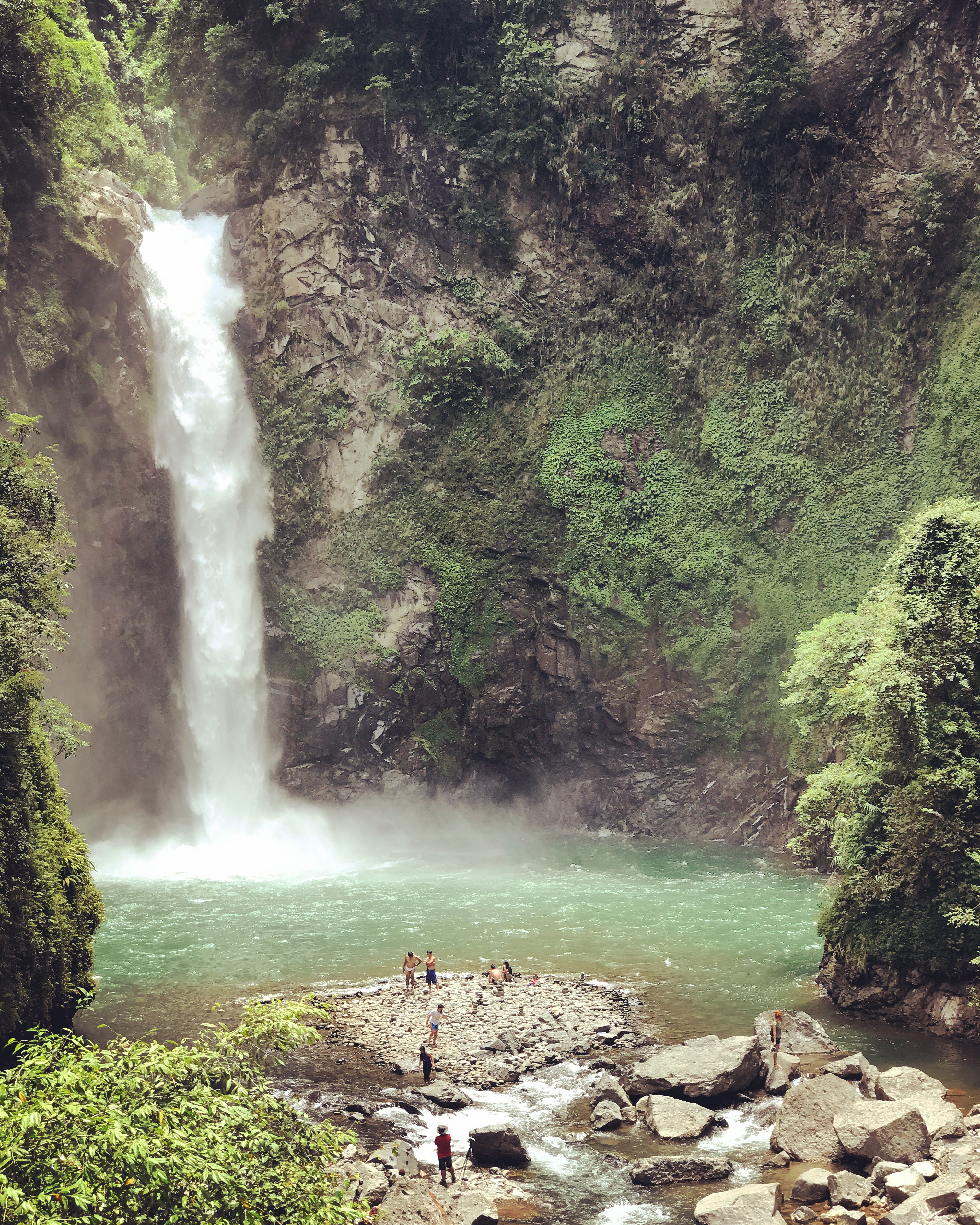
RAMON’S HOMESTAY
Using agoda.com, we booked an overnight stay at Ramon’s Homestay. Ramon’s was particularly popular because they offer guests an opportunity to stay in authentic Ifugao huts (sans electricity) that are rapidly being phased out because of modernization.
They also have a stellar in-house restaurant that offers delicious and freshly cooked local dishes. We were extremely exhausted after dinner so we slept for 12 hours.
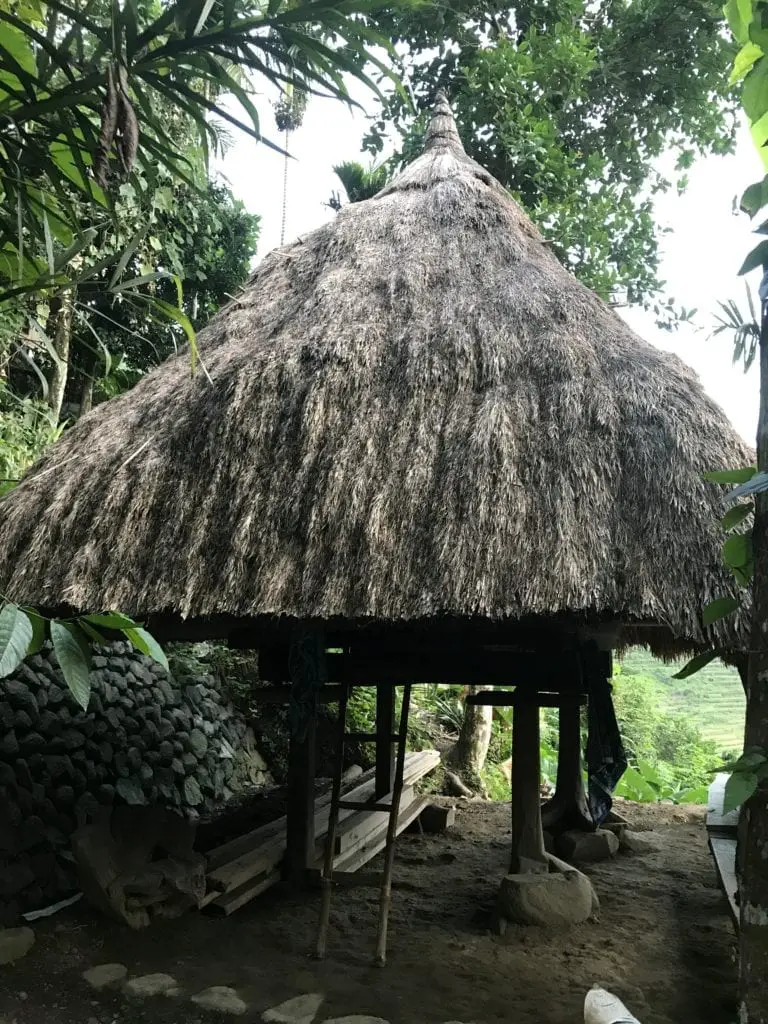
One of the huts at Ramon’s was constructed by his grandfather. It is decorated with skulls of deer, monkeys, and wild boar.
The views from our hut and at the restaurant are immensely picturesque. It was challenging to leave the place.

Since we only had one day to spend in Batad, we were not able to explore the other hikes.
Multiple opportunities for hiking and long-distance trekking are certainly possible in this region. I’ve heard that the more you go off the beaten path, the more rewarding the vistas are.
I hope to get another chance to visit this region in the near future.
WHERE TO STAY IN BATAD?
Aside from Ramon’s Homestay, there are a few other worthy options in the area. Most are listed in Agoda.com.
DAY 2
After breakfast at Ramon’s, we started our ascent back up to the saddle to catch the public jeepney that only runs twice-a-day to Banaue.
If you miss this scheduled trip, it is possible to hire private vehicles to take you back there.
By the time you read this article, there is an increased likelihood that the public transportation options will be varied and will run more frequently as demand has evidently grown the past few years. It is our advise to check for changes constantly.
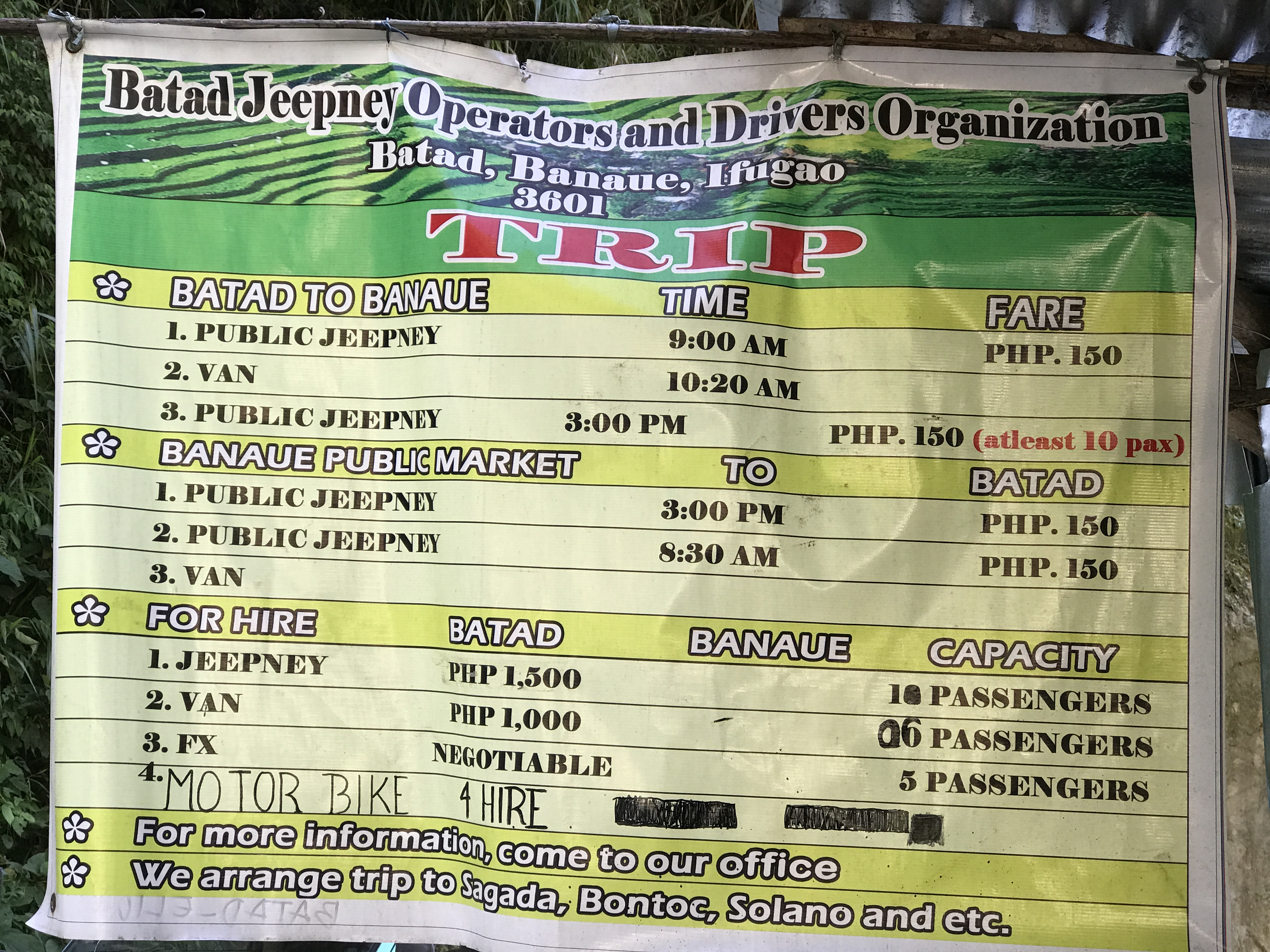
HUNGDUAN – HAPAO RICE TERRACES
After arriving back in Banaue, we checked in at our hotel and got promptly picked up by our guide for our trip to the neighboring community of Hungduan for the Hapao Hot Springs Tour.
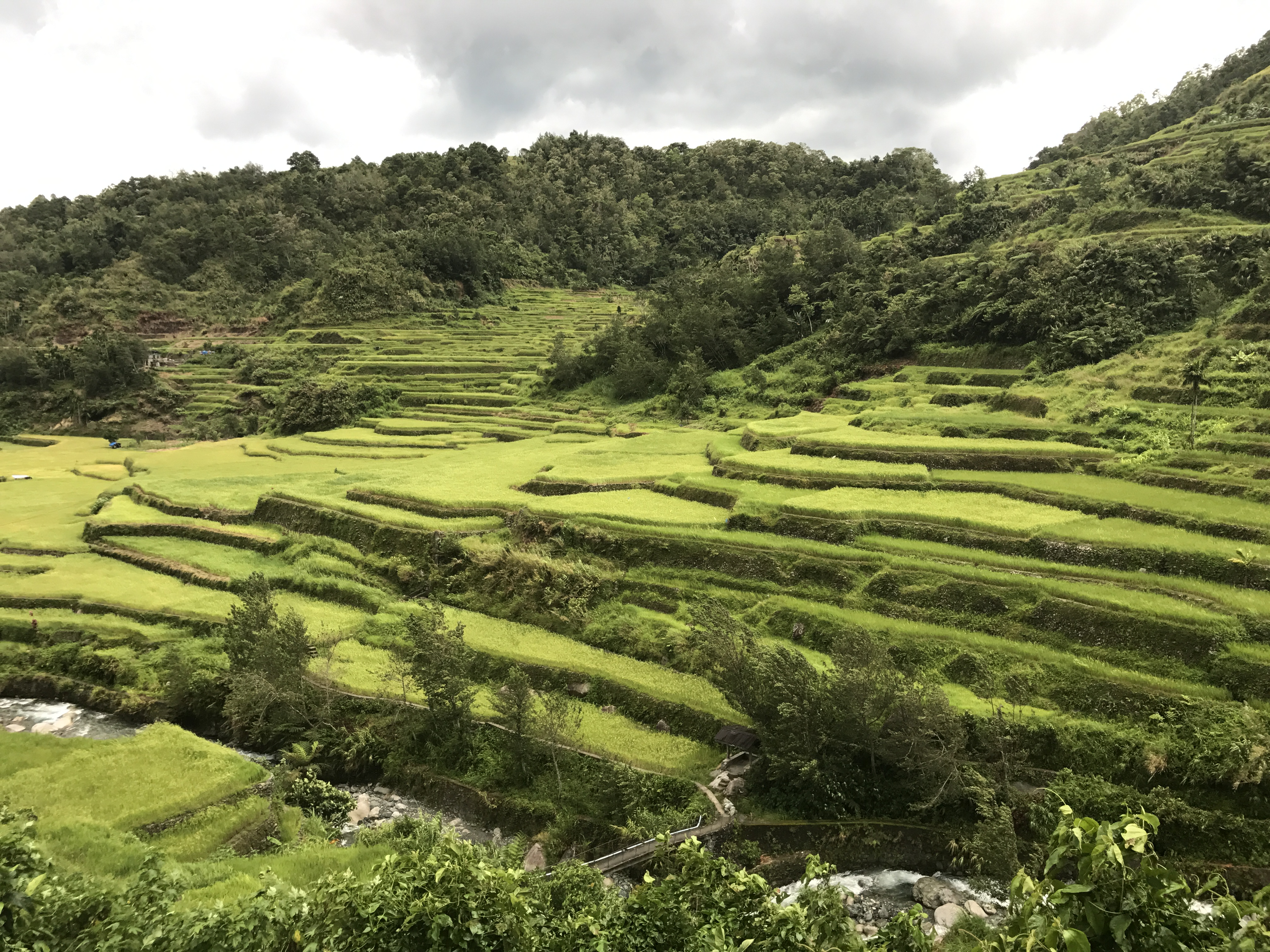
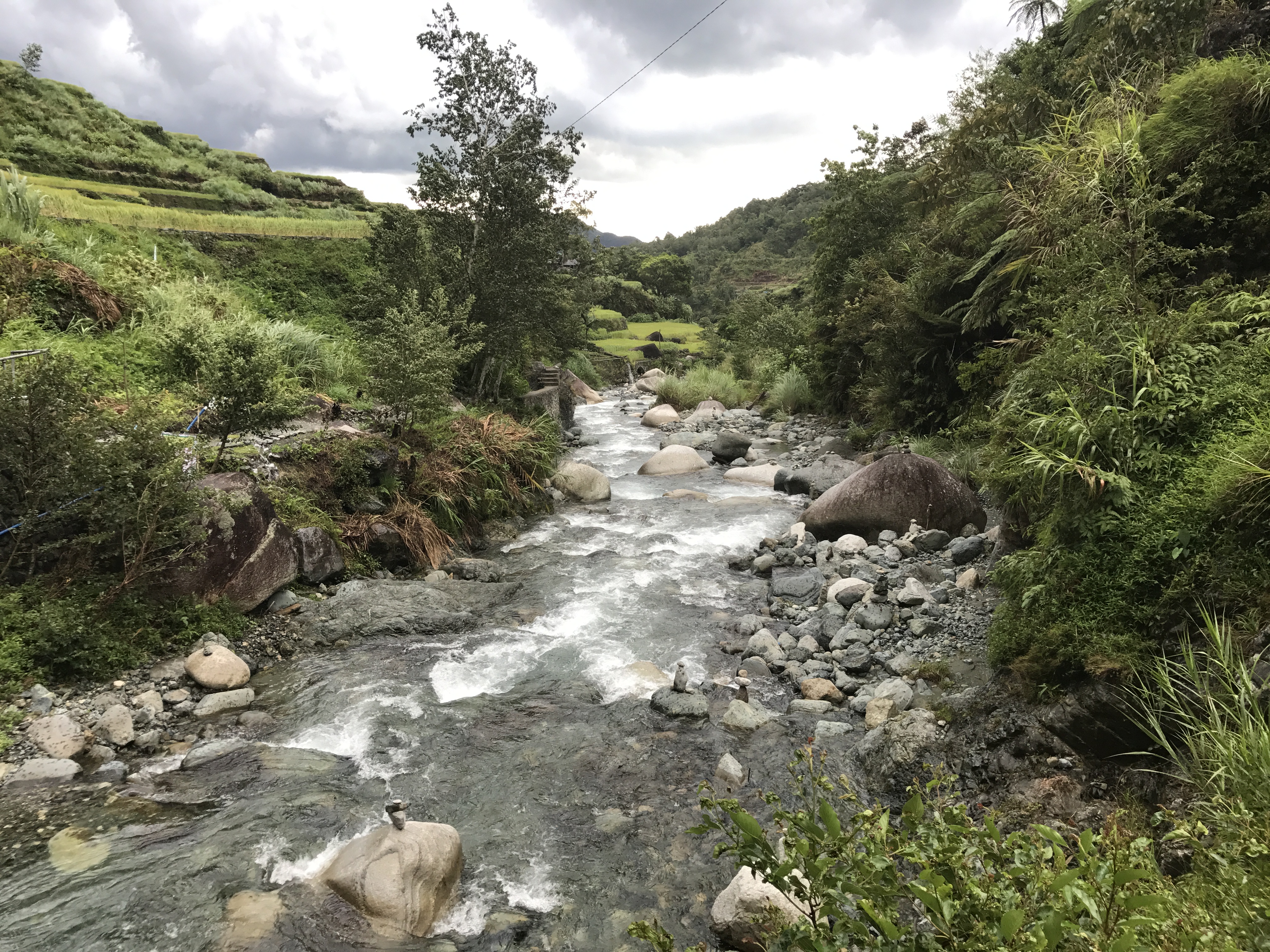
Little did we know that in order to get to the hot springs, we would have to hike about 45 minutes across gloriously mesmerizing rice terraces – the UNESCO-inscribed Hungduan / Hapao Rice Terraces.
Expectedly, we were delightfully thrilled. The views of these gorgeous rice terraces can get irresistibly addictive. I could stare at them for hours.
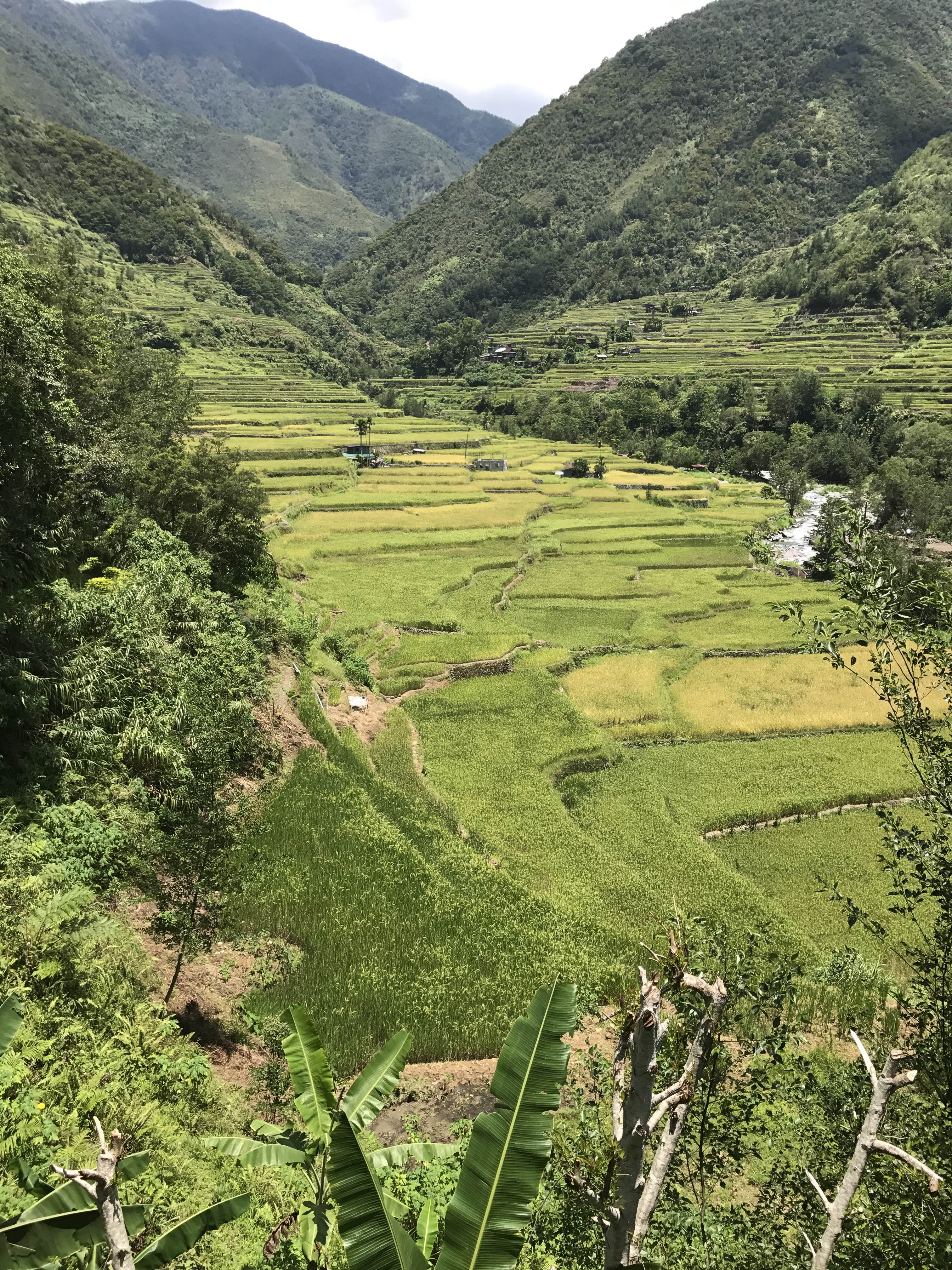
HAPAO HOT SPRINGS
The hot springs have fascinatingly sprouted right next to the Hapao – Baang River so guests can alternate dipping in the scalding hot waters and then plunging into the relatively chilly river to cool off after, or vice-versa.
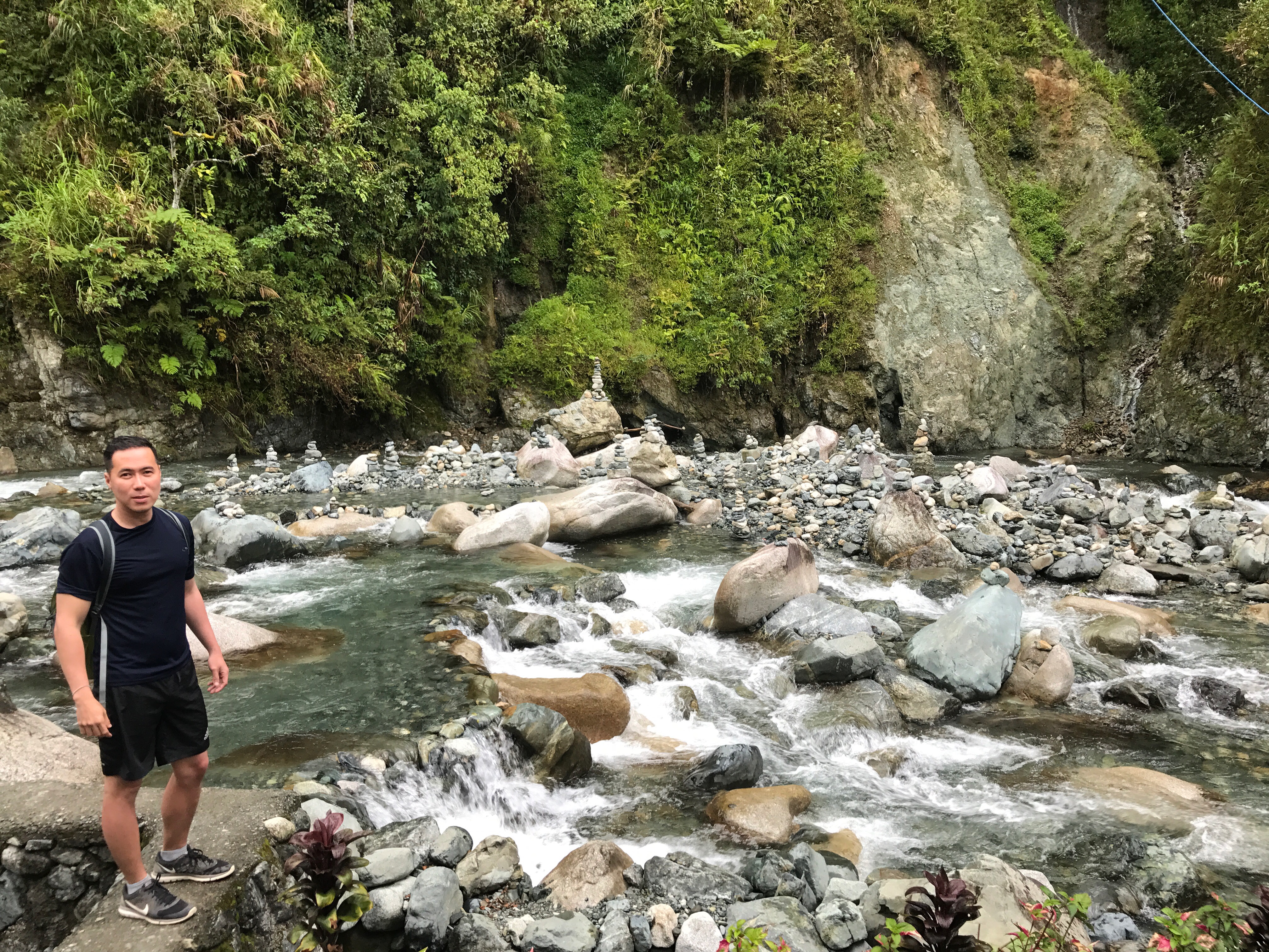

WHERE TO STAY IN BANAUE?
There are a host of options in Banaue. You may want to pick accommodations that are centrally-located, offer breakfast, and have views of the astonishing terraces.
Both booking.com and agoda.com have current deals in the area.
Booking.comDAY 3
BANAUE RICE TERRACES
On our third day, we were picked up early in the morning to join other tourists on our day trip to Sagada. We stopped at the Banaue Rice Terraces Viewpoint on the way.
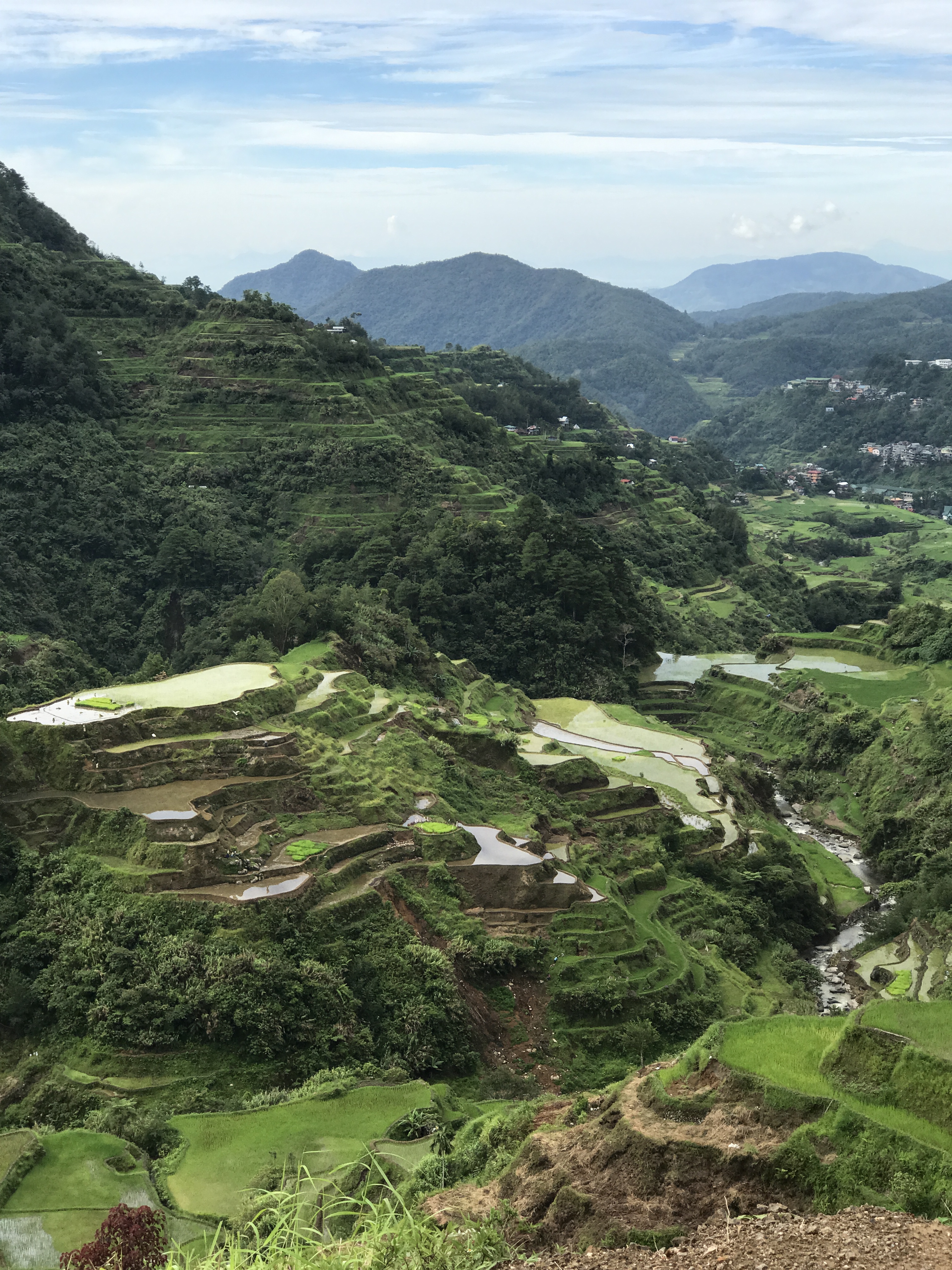
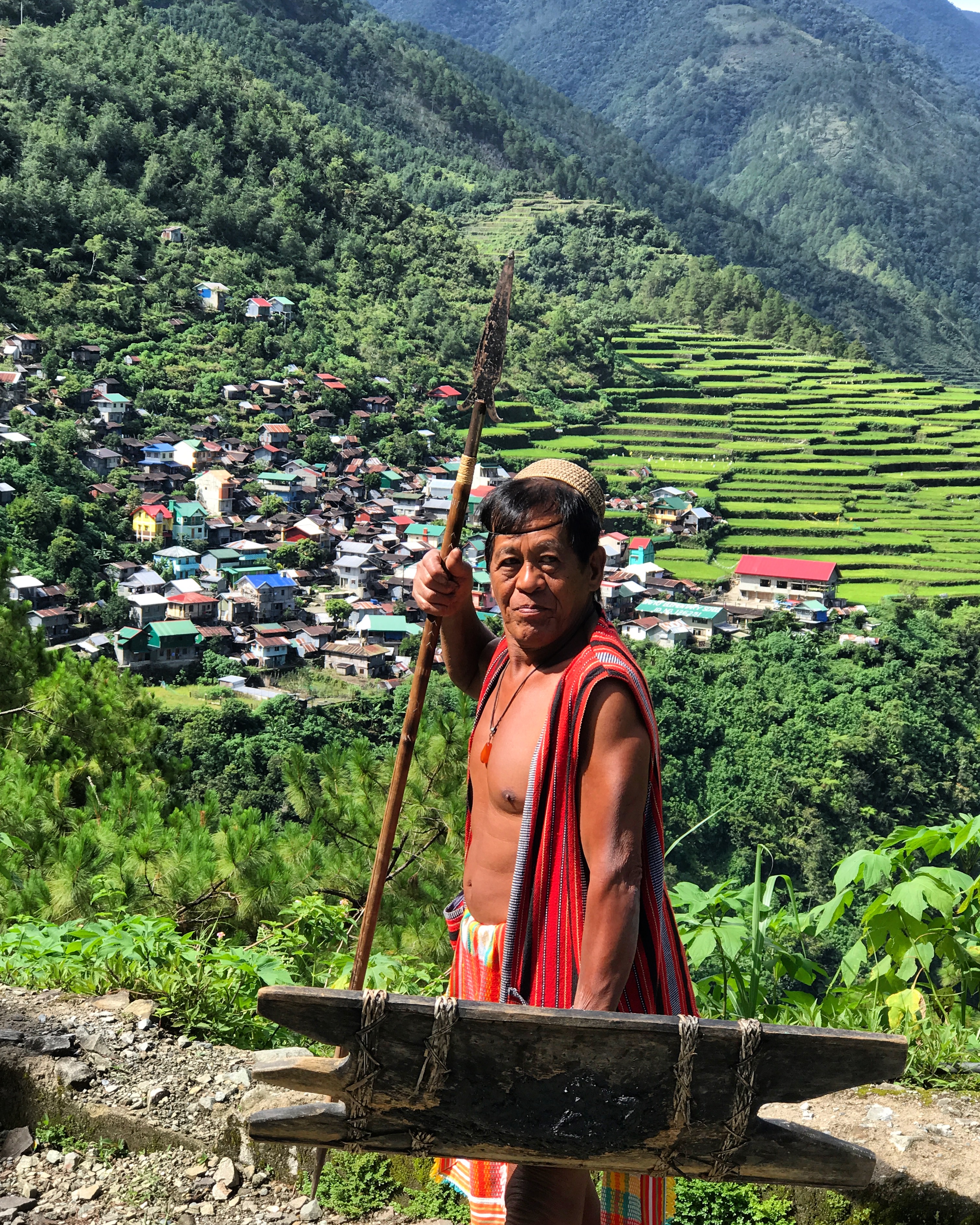
SAGADA
After a 2.5-hour drive along idyllic terrain with captivating views of more rice terraces, we arrived in Sagada.
After settling our registration & guide fees, we comfortably toured the town on our rented vehicle. Unfortunately, we are only visiting for a day trip so we had to compress all the highlights in a few hours. Wished we had more time.
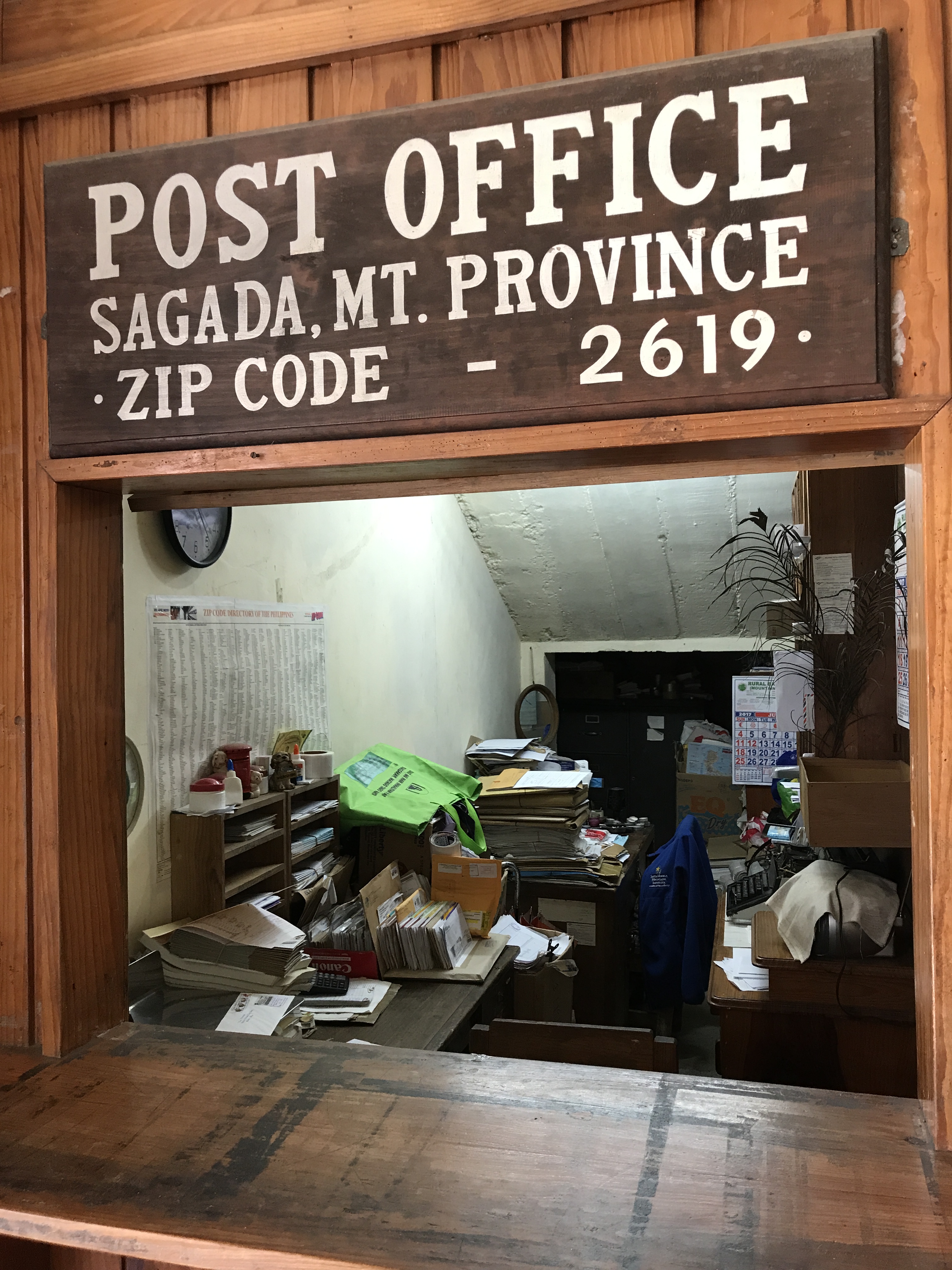
Sagada is long-considered to be the Philippines’ backpacking capital and one of the most popular tourist spots in the country. The climate is cooler here than the tropics and numerous pristine trails abound just right outside of town.
There are a few public transportation options from Banaue to Sagada and friendly locals in Banaue are always anxious to help out. Do not hesitate to ask!
SUMAGING CAVE
This is one of the most popular activities in Sagada and justifiably so. Sumaging Cave or commonly called the “Big Cave” offers an adrenaline rush journey deep down into the underworld.
Sagada has over 60 subterranean caves waiting to be thoroughly explored and currently, the town has two caves accessible to tourists via a private guide. One of the most reachable is Sumaging, which contains the largest chamber of all, thus the “Big Cave” moniker.
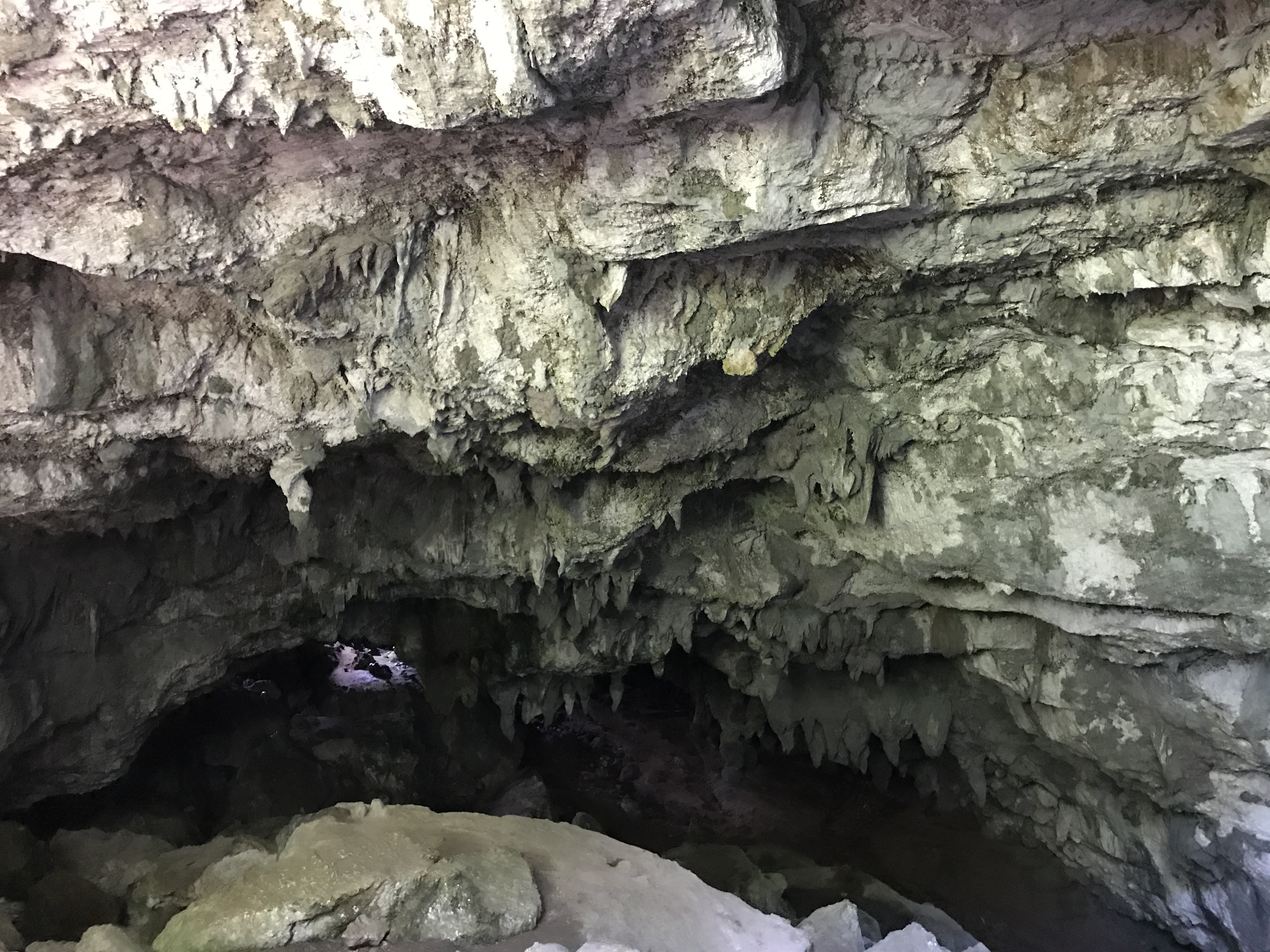
The other cave is Lumiang Burial Cave which boasts hundreds of underground coffins. This was a traditional burial site used by the indigenous locals from centuries ago. A popular tour on offer in Sagada is the Cave Connection, which provides adventurous travelers an unforgettable underworld odyssey connecting both Sumaging and Lumiang in one heart-pounding tour.
Due to our limited time, we opted to partake in the Sumaging Cave tour and decided to check the more riveting Hanging Coffins instead of the underground burial site in Lumiang.
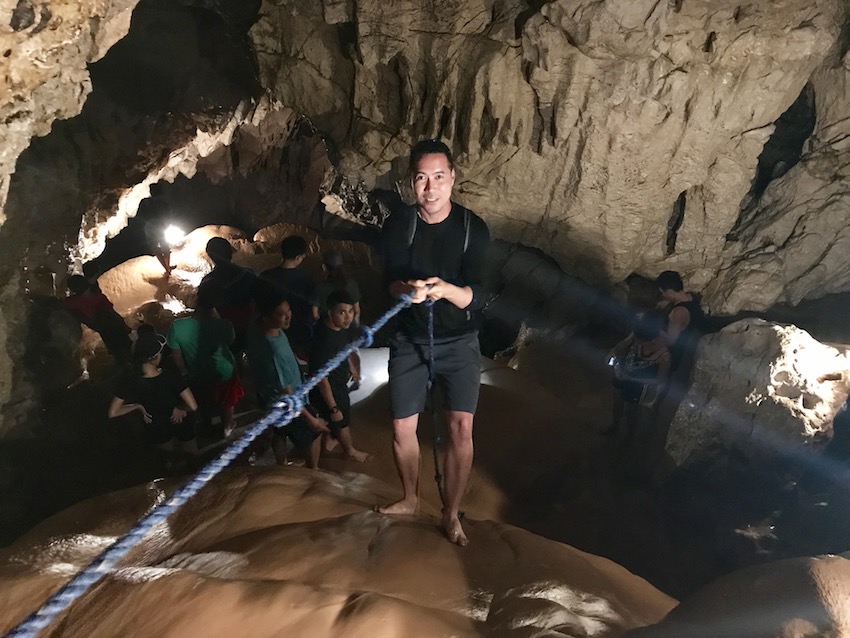
At Sumaging, prepare to descend a few meters deep and get drenched in this exhilarating adventure through this underground cave where otherworldly rock formations have been given names by the locals.
Look for the King’s Curtain and the Cauliflower in your descent. Your guide will certainly provide you with this fascinating commentary. A word of caution though, it can be extremely slippery inside the cave so make sure to mind your step and wear appropriate footwear with sufficient traction.
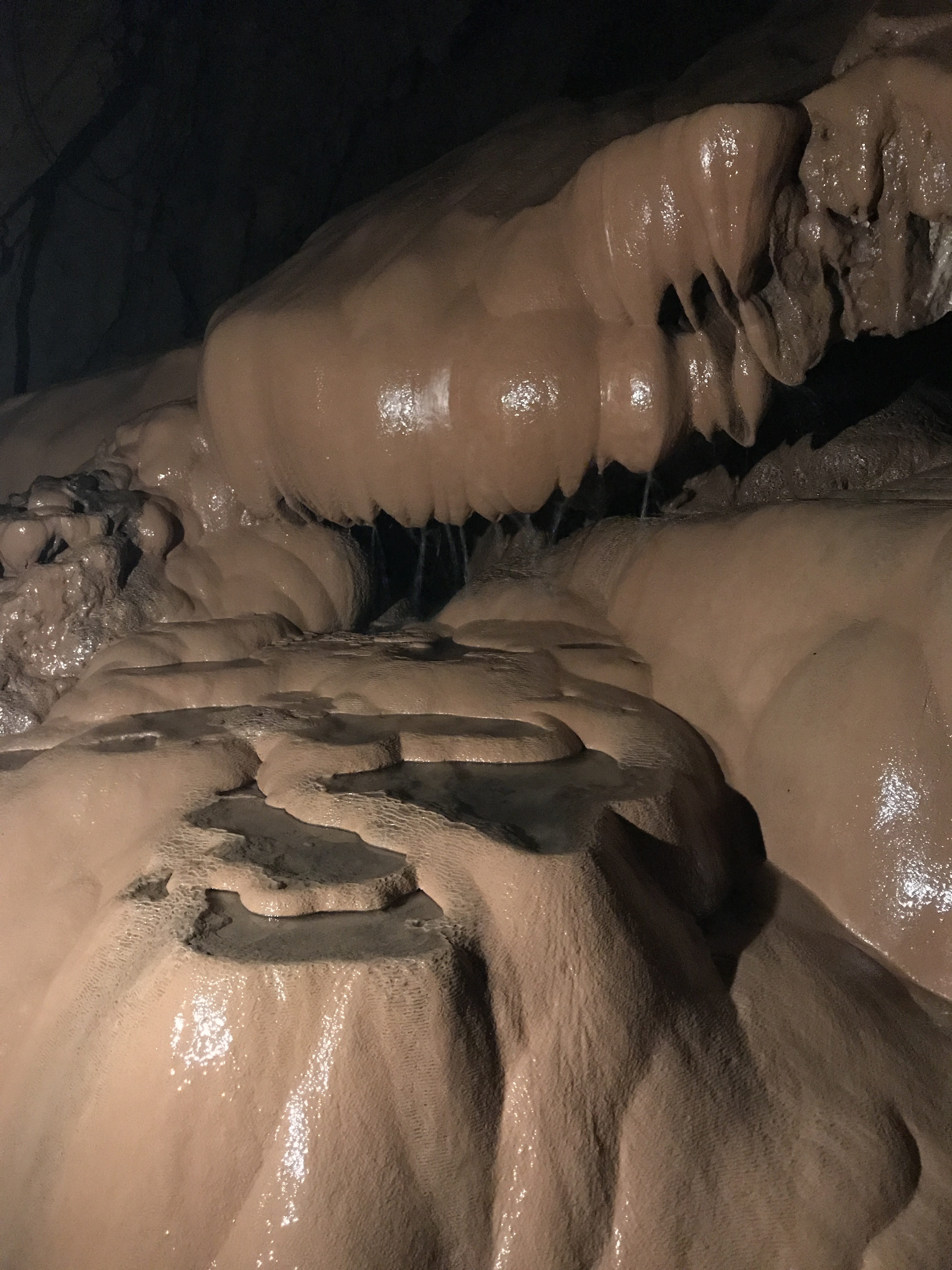
Expect to get wet so bring a waterproof camera or a waterproof smartphone with you. Protect your money and valuables by securely storing them in a waterproof bag or a Ziplock bag.
During my visit, the cave is off-limits to independent visitors. For safety concerns, you would need to hire a guide who will patiently illuminate your path and guarantee that you do not get lost inside the caves. Bringing a flashlight or a hands-free headlamp is also recommended. Word of warning, this adventure is not for the claustrophobic.

ECHO VALLEY HANGING COFFINS
An equally popular attraction in Sagada is the unmissable Echo Valley Hanging Coffins. Since we skipped the Lumiang Burial Cave, our guide suggested that we do not skip this legendary Sagada highlight.
It is a short hike from the main road with the trail eerily cutting through a more modern public cemetery.

A guide is required to locate this hauntingly strange Sagada highlight. Some of these coffins have been here for centuries.
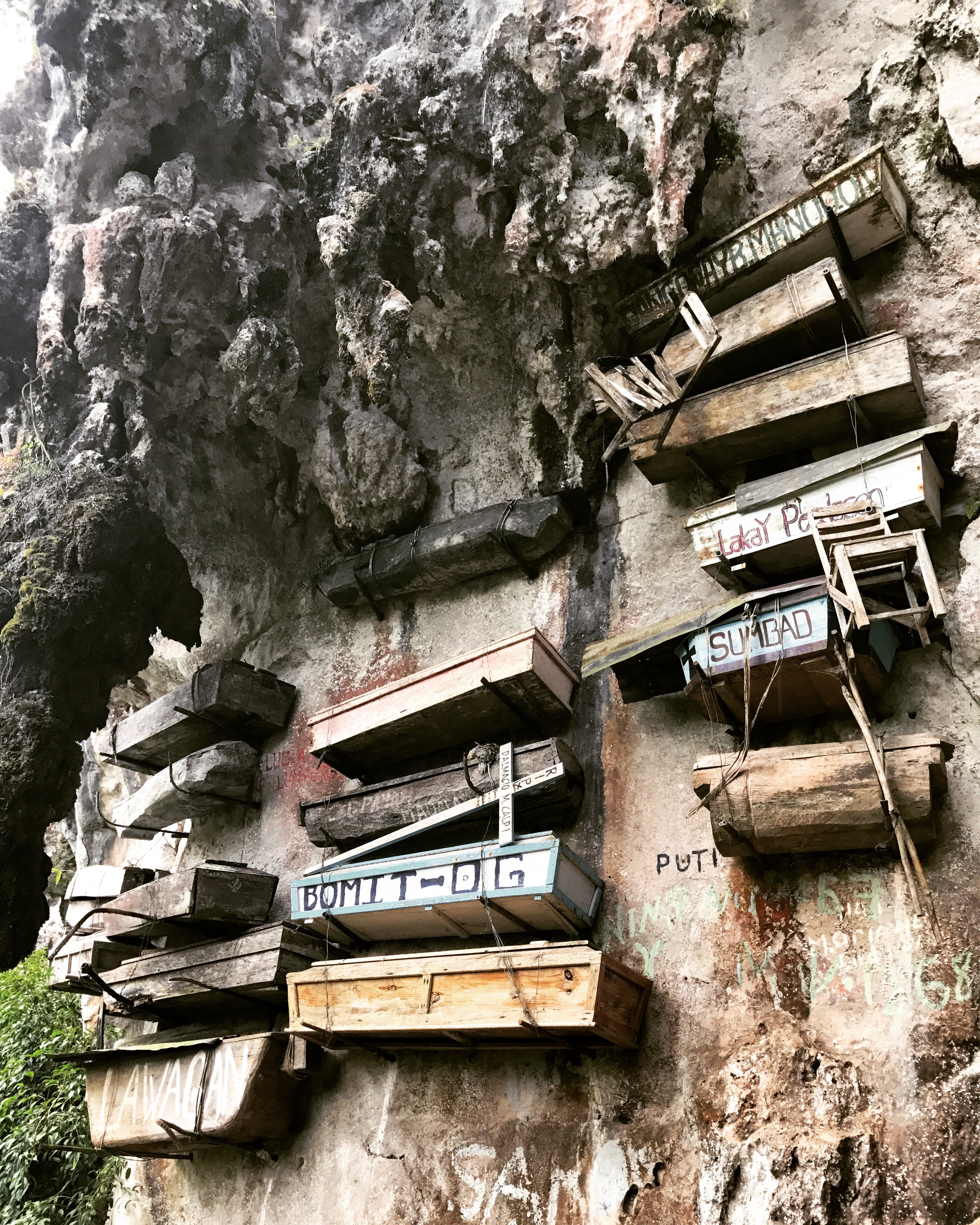
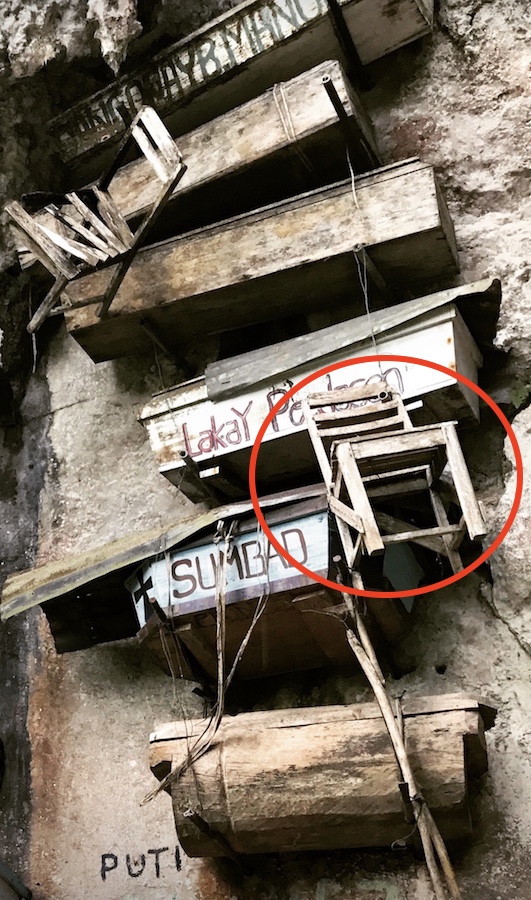
After exploring these two sites, we were jetted back to Banaue just in time for dinner and our overnight bus ride back to Manila.
If you have more time in Sagada, there are a lot of tours on offer that range from hikes to scenic viewpoints and waterfalls to the more extreme caving expeditions. I highly recommend spending at least a couple of nights in this town.
Moreover, consider hiring a local guide as the community primarily relies on tourism for their livelihood.
WHERE TO STAY IN SAGADA?
Since this is backpackers central, there are a plethora of options around town.
Both booking.com and agoda.com offers deals in the area .
Booking.comBEFORE YOUR TRIP CHECKLIST
A. HIKING ESSENTIALS
Click Images to be directed to amazon.com











B. GUIDEBOOKS
I used Lonely Planet Philippines on this trip. You can order from Amazon.com (click the image below to read reviews about the recommended guides) or borrow for FREE from your public library.


C. PASSPORT
Ensure that your passport is valid for at least 6 months after entering the country.
D. VISA
Check Visa Requirements for your specific passport here. Majority of countries can enter visa-free as long as they do not stay for more than 14 days.
E. TRAVEL INSURANCE
DO NOT TRAVEL WITHOUT TRAVEL INSURANCE!
F. BOOK YOUR FLIGHTS USING MILES
All of my trips the past decade had been ALMOST FREE via travel miles.
I’ve visited a total of 85 countries using miles and points. I accumulate these points from credit card rewards and bonuses. Some of these credit cards are featured here.
G. PRE-BOOK ACCOMMODATIONS
It is crucial to book ahead of time during Holy Week and public holidays as that is when most Filipinos go on vacation. Hotels get fully booked and flights are oversold. If your travel coincides with Holy Friday, Easter Sunday, Christmas or New Year, I suggest to prebook your accommodations well in advance.




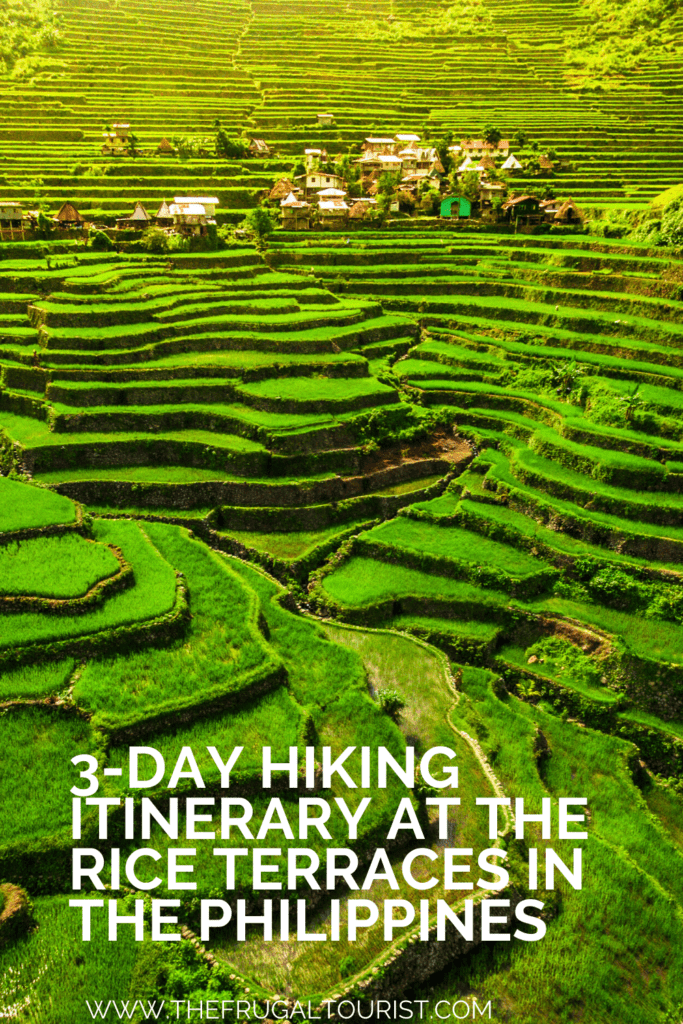

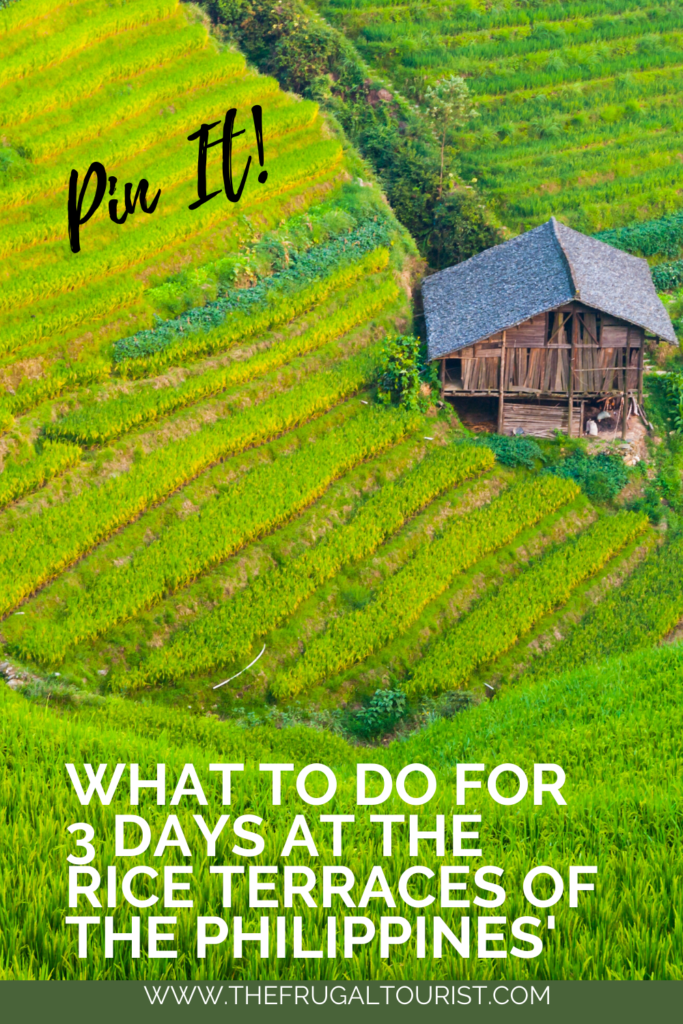

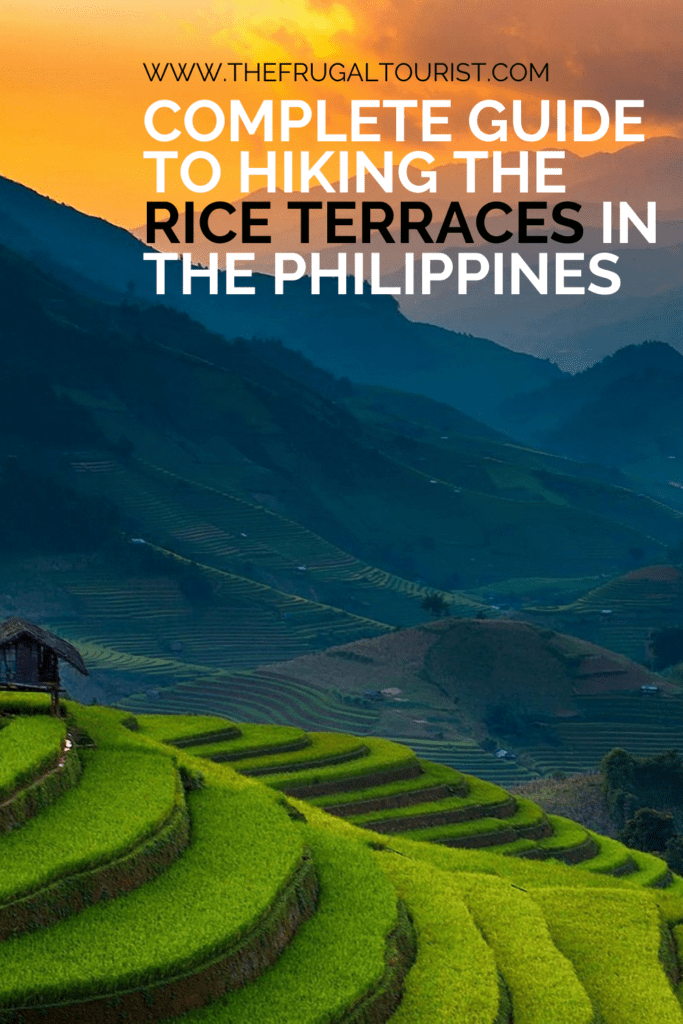

Trackbacks/Pingbacks